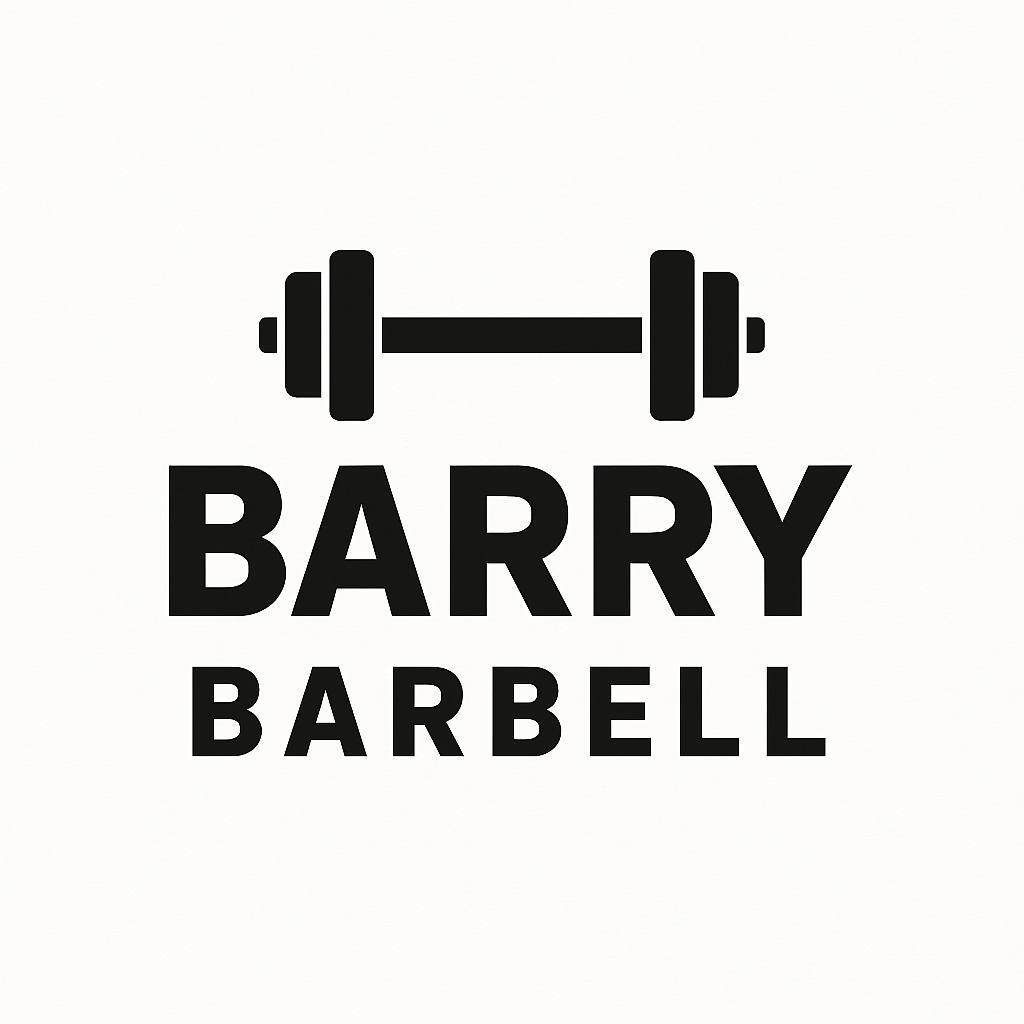Embarking on a fitness journey, especially after the age of 45, requires diligence, patience, and a strategic approach to ensure success. As a personal trainer with ten years of experience, I’ve seen firsthand the transformative power of strength training with barbells for individuals over 45. One key to success is tracking your progress through measurable and meaningful metrics. In this article, we’ll delve into the five most important metrics to track your fitness progress, ensuring your efforts in the gym translate into real, tangible results.
1. Cardiovascular Endurance
Cardiovascular endurance is a cornerstone of overall fitness, affecting how well you perform both in and out of the gym. For those starting strength training, it’s vital to monitor this metric, as it can significantly impact your ability to recover between sets and workouts.
- How to Track: The simplest method is the Resting Heart Rate (RHR) measurement. A lower RHR over time indicates improved cardiovascular health[1]. Additionally, periodically performing a timed mile walk or run can provide insight into your cardiovascular improvements.
- Frequency of Tracking: Measure your RHR daily upon waking and your timed mile monthly.
2. Muscular Strength
Muscular strength, especially for those engaging in barbell training, is an essential metric. It not only reflects your ability to lift heavier weights but also correlates with improvements in bone density, metabolism, and daily functional activities[2].
- How to Track: Focus on key lifts such as the squat, deadlift, and bench press. Record the maximum weight you can lift for one repetition (1RM) safely.
- Frequency of Tracking: Due to the risk of injury with frequent max attempts, aim to assess your 1RM in these lifts every 3-6 months.
3. Flexibility
Flexibility is critical for performing exercises correctly and reducing the risk of injury. It also plays a significant role in your quality of life, allowing for more comfortable movement in daily activities.
- How to Track: The sit-and-reach test is a popular method for assessing lower body flexibility. Tracking improvements in your range of motion (ROM) in key joints (hips, shoulders) during exercises can also indicate increased flexibility.
- Frequency of Tracking: Perform flexibility assessments monthly to monitor progress.
4. Body Composition
Body composition—the ratio of fat to lean muscle mass—is a more informative metric than weight alone. Improving your body composition by increasing muscle mass and reducing fat can have profound effects on your metabolism, physical appearance, and overall health[3].
- How to Track: Utilize body fat scales, DEXA scans, or skinfold measurements to track changes in body fat percentage and lean muscle mass.
- Frequency of Tracking: Given that changes in body composition occur over time, assess this metric every 3 months.
5. Functional Movement
For those over 45, maintaining or improving functional movement is crucial for quality of life. Strength training with barbells, when done correctly, can enhance your functional movement by improving balance, agility, and coordination.
- How to Track: Functional movement can be assessed through specific tests like the Functional Movement Screen (FMS). Alternatively, tracking improvements in balance exercises and daily activities (e.g., ease of climbing stairs) can provide insights.
- Frequency of Tracking: Conduct formal assessments every 6 months, while self-observations can be ongoing.
Implementing These Metrics into Your Routine
Tracking your fitness progress involves more than just noting numbers; it’s about understanding the story they tell about your health and fitness journey. Here are some tips to effectively integrate these metrics into your routine:
- Use a Journal: Keep a dedicated fitness journal to record your metrics, workouts, and how you feel. This can provide a comprehensive view of your progress and insights into areas needing attention.
- Be Consistent: Consistency in how and when you measure these metrics is key for accurate tracking. Try to perform assessments under similar conditions each time.
- Seek Professional Guidance: Especially for those new to strength training or with specific health considerations, working with a fitness professional can help ensure you’re tracking and interpreting these metrics correctly.
Conclusion
For individuals over 45 embarking on a strength training journey, monitoring these five key metrics—cardiovascular endurance, muscular strength, flexibility, body composition, and functional movement—can provide a comprehensive view of your fitness progress. Remember, the goal is not just to improve these numbers but to enhance your overall health, well-being, and quality of life. By regularly tracking these metrics, you can adjust your training and lifestyle habits to ensure you’re moving closer to your fitness goals, making your efforts both meaningful and rewarding.
As you journey through your strength training path, remember that progress can be nonlinear and varies greatly from one individual to another. Celebrate your victories, learn from your challenges, and always keep your overarching goals in sight. With dedication, patience, and the right approach to tracking your fitness progress, you’re setting yourself up for success.
